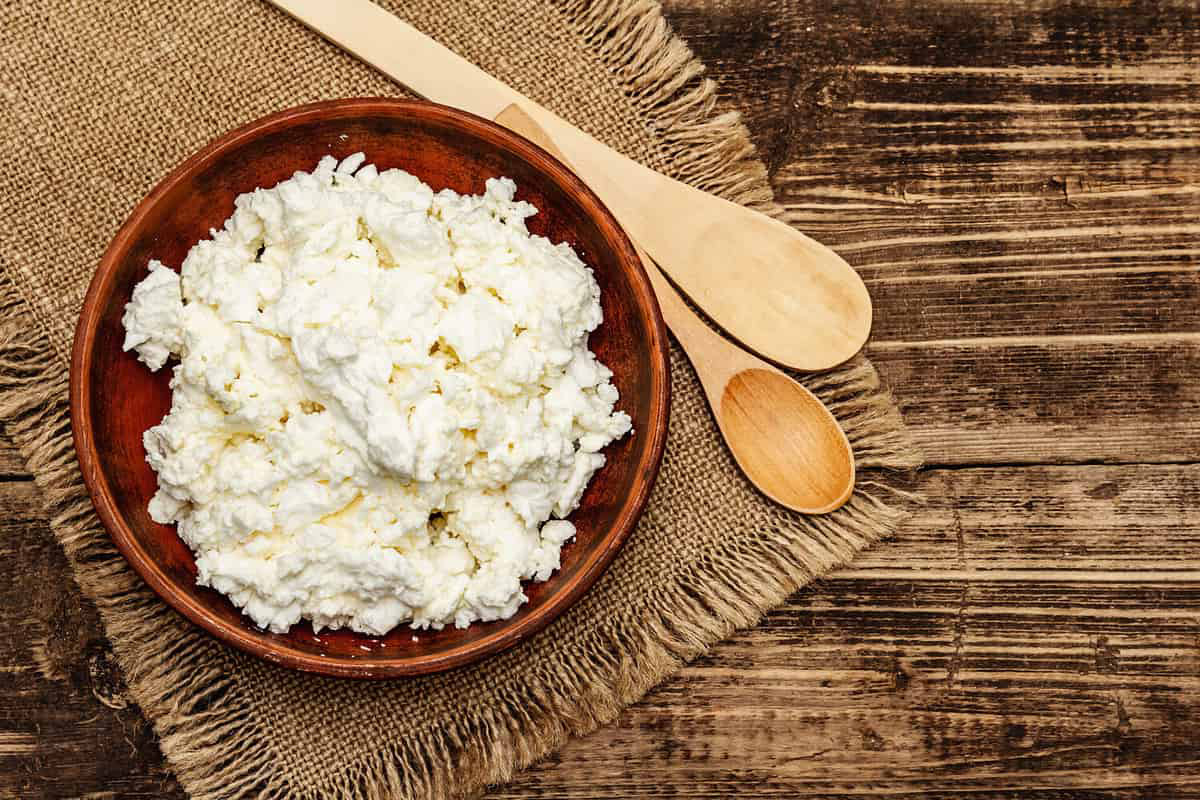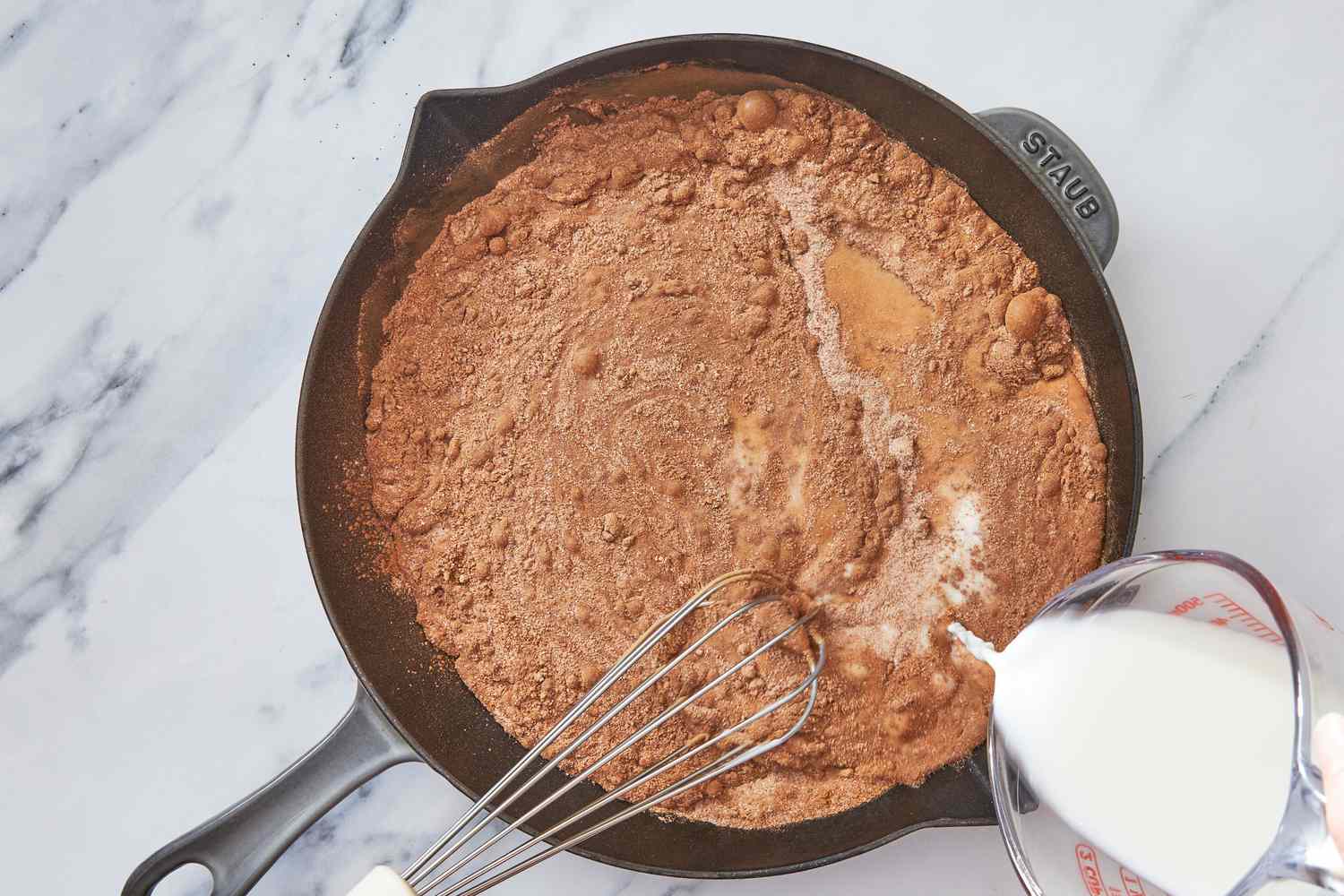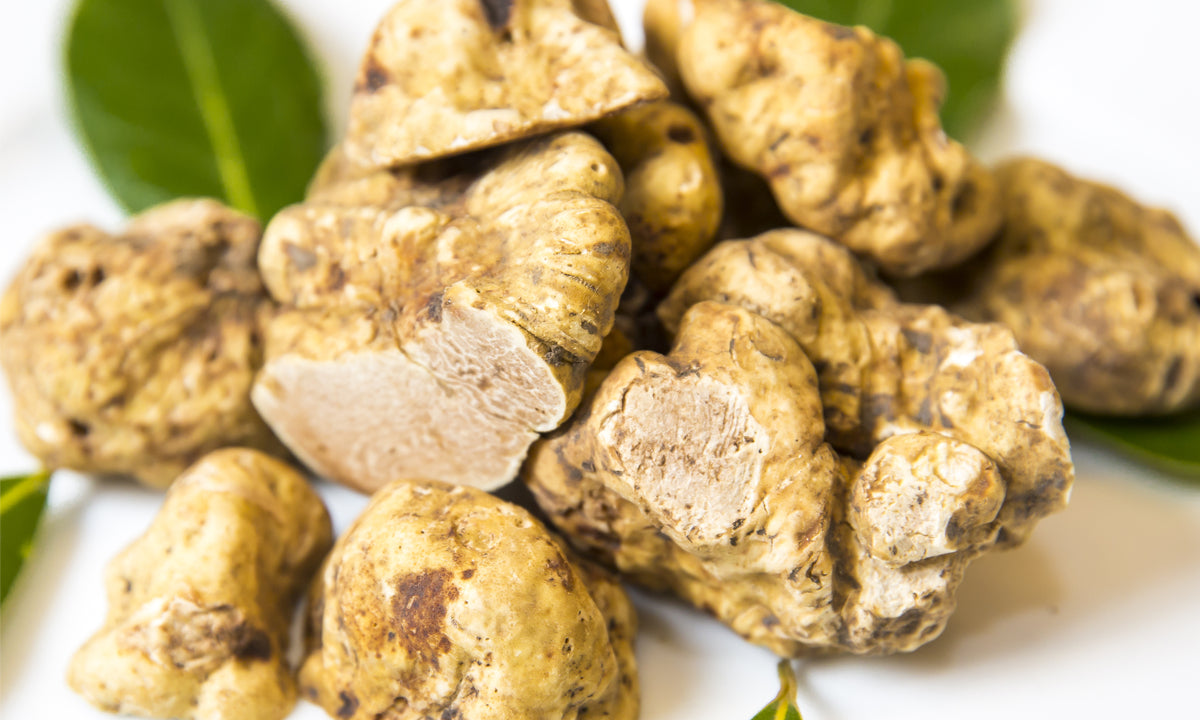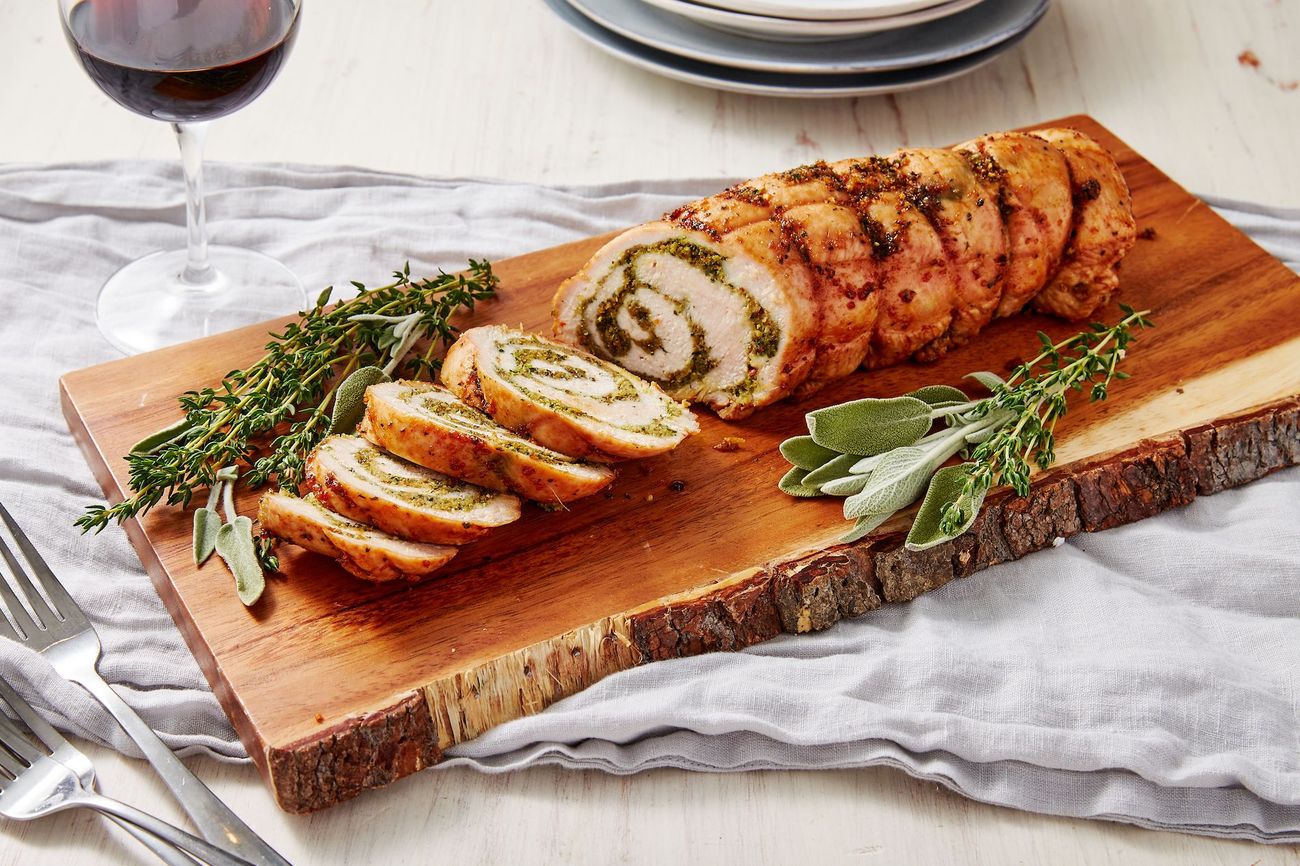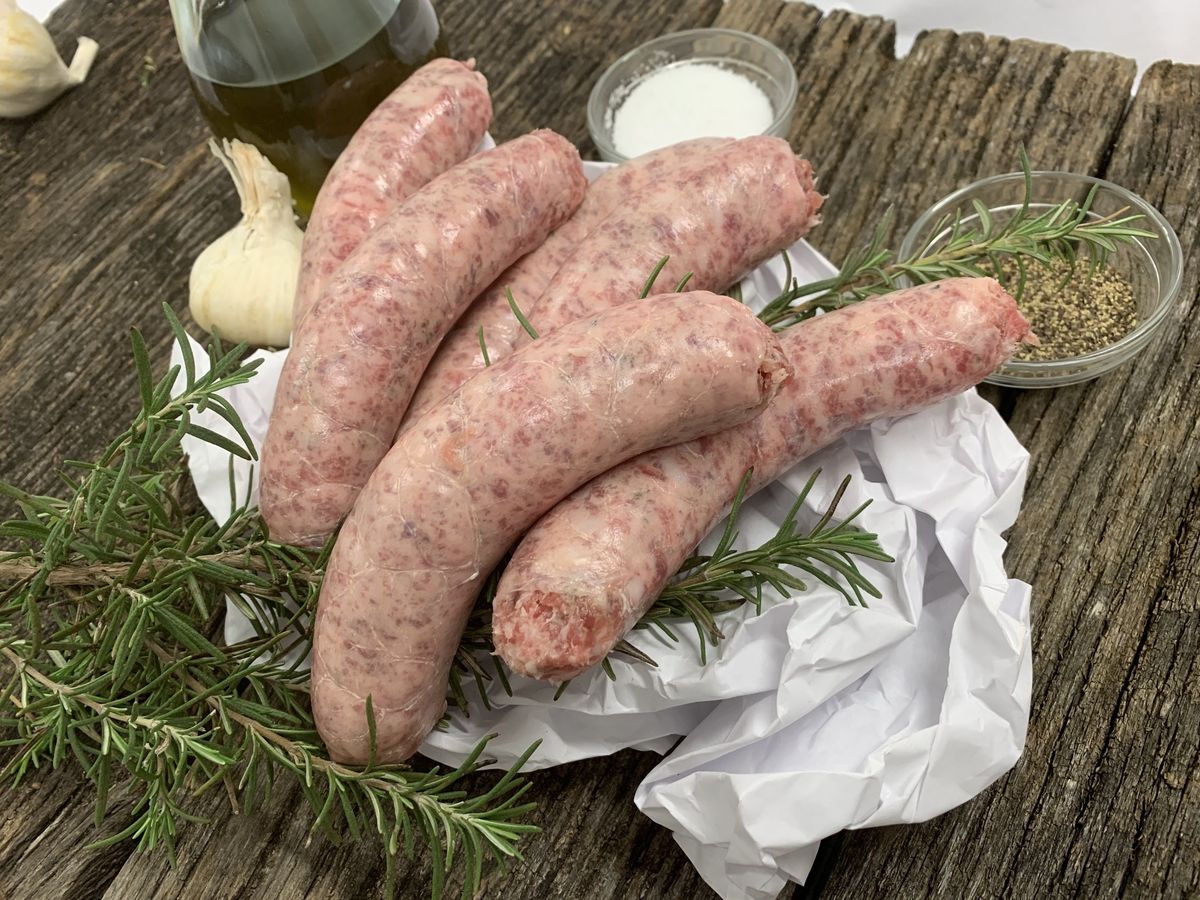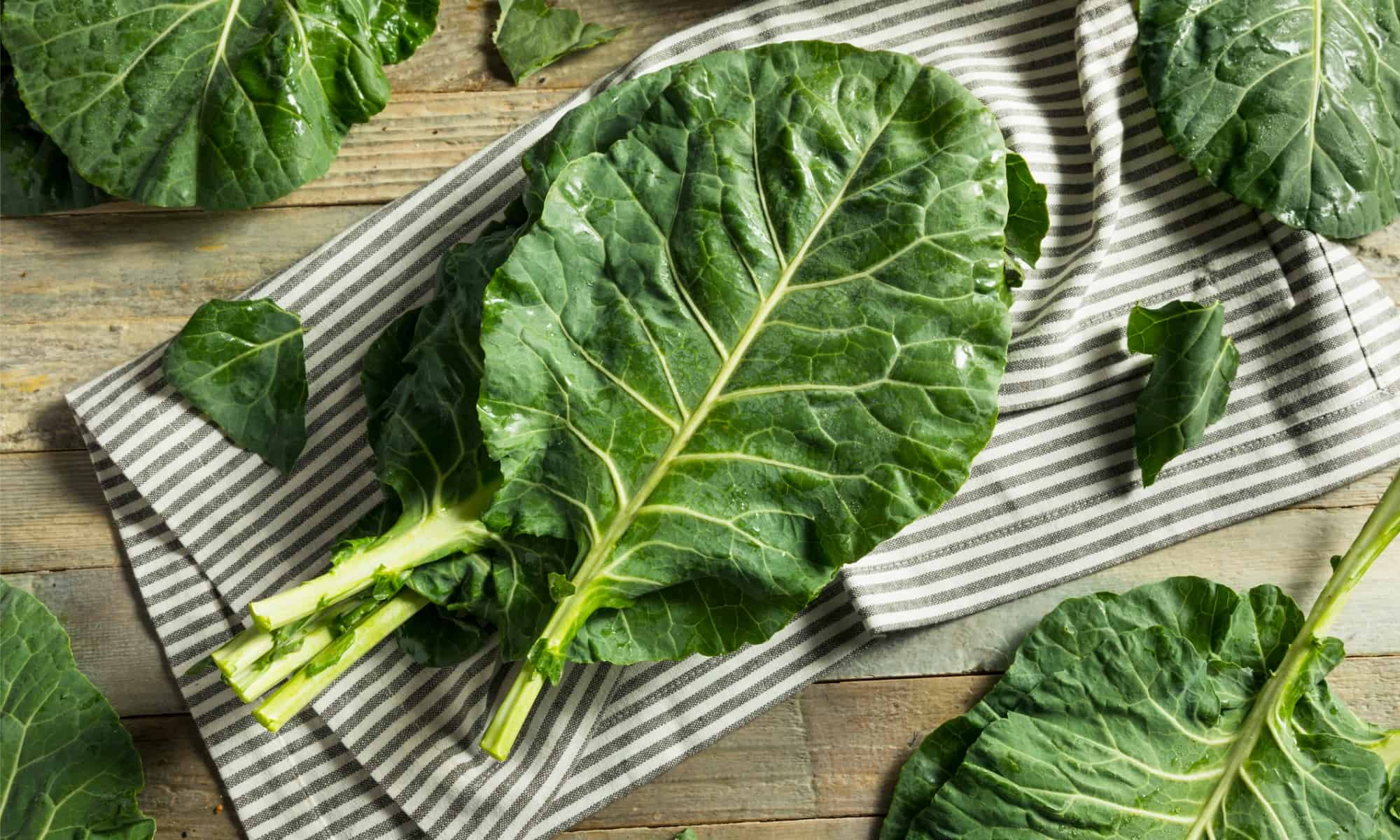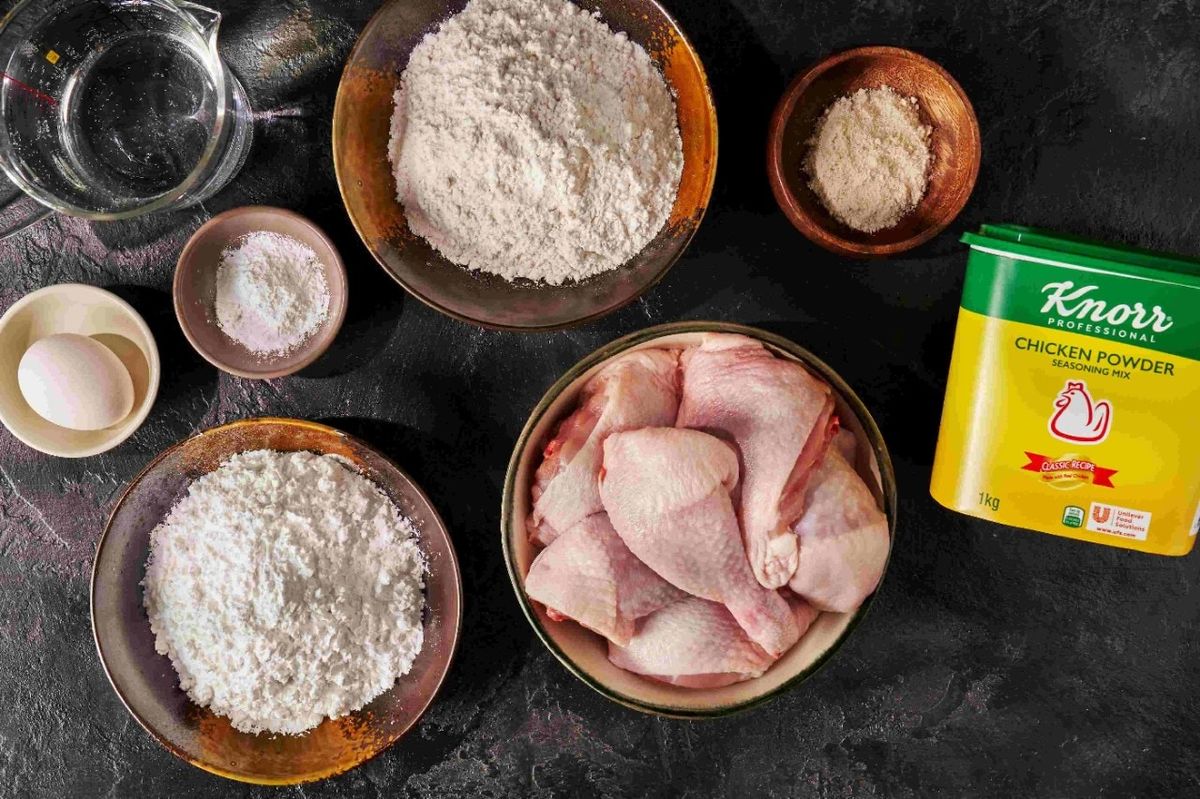What Is Potted Meat?
If you've ever strolled down the aisles of a grocery store, you may have come across a small, unassuming can labeled "potted meat." But what exactly is potted meat, and why is it a staple in many households? Let's dive into the world of potted meat and uncover its origins, uses, and nutritional value.
Origins of Potted Meat
Potted meat has been around for centuries, with its roots tracing back to the preservation methods used in ancient times. It was a way to extend the shelf life of meat before the invention of modern refrigeration. The process of potting involved cooking the meat, seasoning it, and then sealing it in a container, typically a small pot or jar, with a layer of fat on top to create a protective barrier against spoilage.
What Is It Made Of?
Potted meat is typically made from finely ground or pureed meat, such as beef, pork, chicken, or a combination of meats. The meat is seasoned with various spices and flavorings to enhance its taste. The mixture is then cooked and processed into a smooth, spreadable consistency. The addition of fat helps to preserve the meat and gives it a rich, creamy texture.
Uses of Potted Meat
Potted meat is a versatile food product that can be used in a variety of ways. Here are some common uses:
- Spread: Potted meat is often spread on crackers or bread to make a quick and easy snack or appetizer.
- Ingredient: It can be used as an ingredient in recipes, such as casseroles, dips, and sandwiches, to add flavor and protein.
- Emergency Food: Due to its long shelf life, potted meat is often included in emergency food supplies or camping provisions.
Nutritional Value
While potted meat is convenient and shelf-stable, it's essential to consider its nutritional value. Potted meat is a good source of protein and essential nutrients, but it can also be high in sodium and saturated fat. As with any processed food, moderation is key when consuming potted meat.
Conclusion
In conclusion, potted meat is a product with a rich history and a range of uses. Whether enjoyed as a simple spread or incorporated into recipes, potted meat continues to be a pantry staple for many. When consumed in moderation, it can be a convenient and flavorful addition to a balanced diet. So, the next time you come across a can of potted meat, you'll have a better understanding of what it is and how it can be enjoyed.
Was this page helpful?
Read Next: What Is Yum Yum Seasoning?

